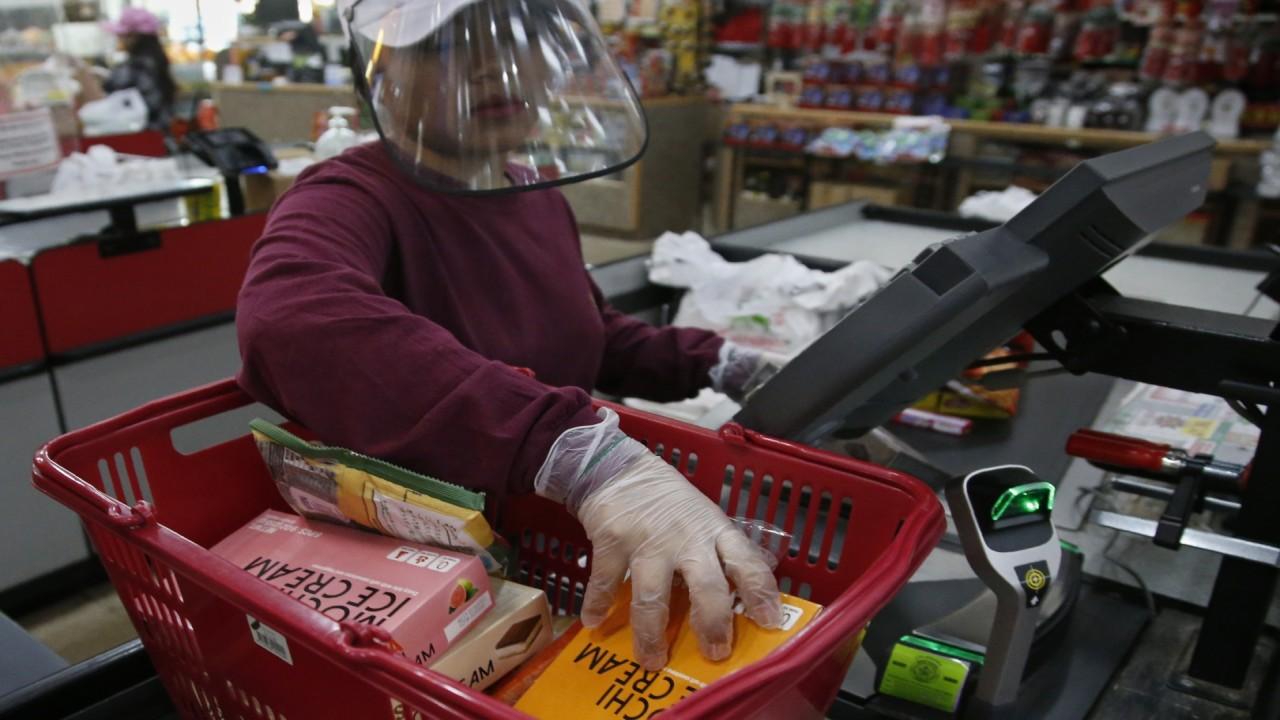Grocery shopping tips for avoiding coronavirus
How to keep your distance and stay healthy when you shop for groceries amid COVID-19
Get all the latest news on coronavirus and more delivered daily to your inbox. Sign up here.
Americans are quarantining now more than ever as the coronavirus pandemic continues to spread throughout the country. Grocery stores and supermarkets remain open at this critical time for people who need to replenish their stockpiles.
With infections climbing up to hundreds of thousands, spending as little time outside the home is a goal for many. Here are some grocery shopping tips that will help you minimize your chances of getting coronavirus.
Create a shopping list
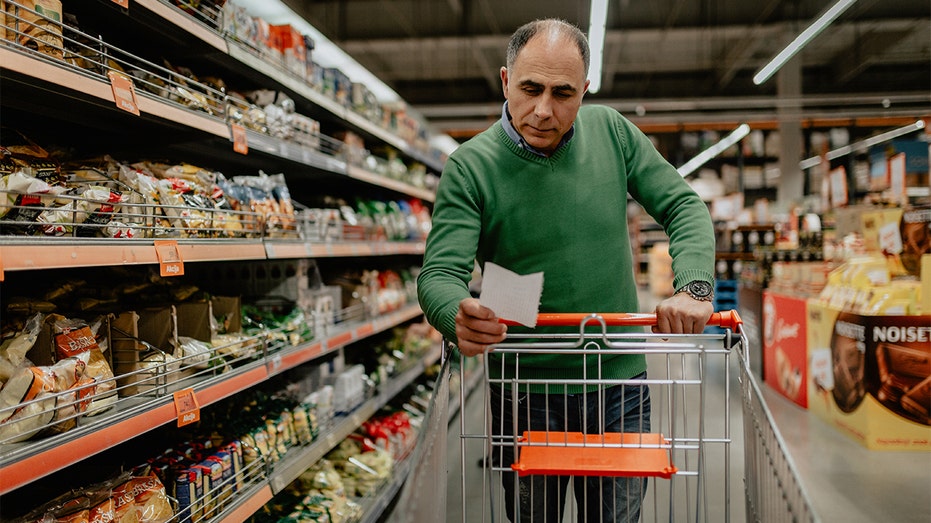
(iStock)
For efficient and speedy grocery shopping, you can make a list of the items you need in advance so the time you spend outside is limited. To minimize having to back and forth between aisles, organize your list by food aisle types such as meat, vegetables, fruit, dairy, canned goods and so on. Major supermarket chains like Kroger, Whole Foods, Trader Joe's, Sam's Club and Walmart have respective apps that provide shoppers access to coupons, deals and weekly circulars, which are helpful for planning.
Go out alone

(iStock)
If you can help it, going grocery shopping alone is the best way to minimize exposure for your household. It also makes it easier to maintain the Centers for Disease Control and Prevention’s recommended 6-foot social distance bubble within the store. Having a foldable shopping cart may be helpful if you can’t carry two weeks’ worth of food on your own.
14-DAY CORONAVIRUS SURVIVAL GUIDE SHOULD INCLUDE THESE ITEMS FOR THE AVERAGE PERSON
Try shopping at off-hours
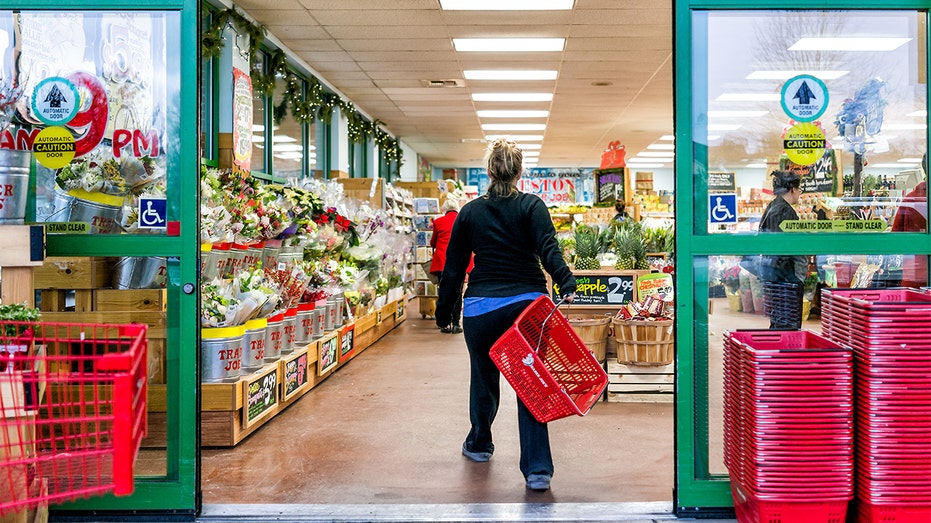
(iStock)
Instead of shopping at around midday — a time when grocery stores and supermarkets tend to be most busy — try to go out when people are less likely to be outside. This could mean waking up early when markets first open in the morning or putting off shopping to evening hours that are close to closing time.
Keep your distance from others

(iStock)
Crossing paths with strangers might be inevitable, but you can at least try to keep your distance from them inside and outside of the store. The CDC recommends a social distance that is 6 feet apart, however, if you’ve determined to take extra precautions you can try and wait out people who are passing by so you can walk on sidewalks and through store aisles alone.
CORONAVIRUS SENDS FROZEN FOOD SALES SOARING
Keep your hands clean
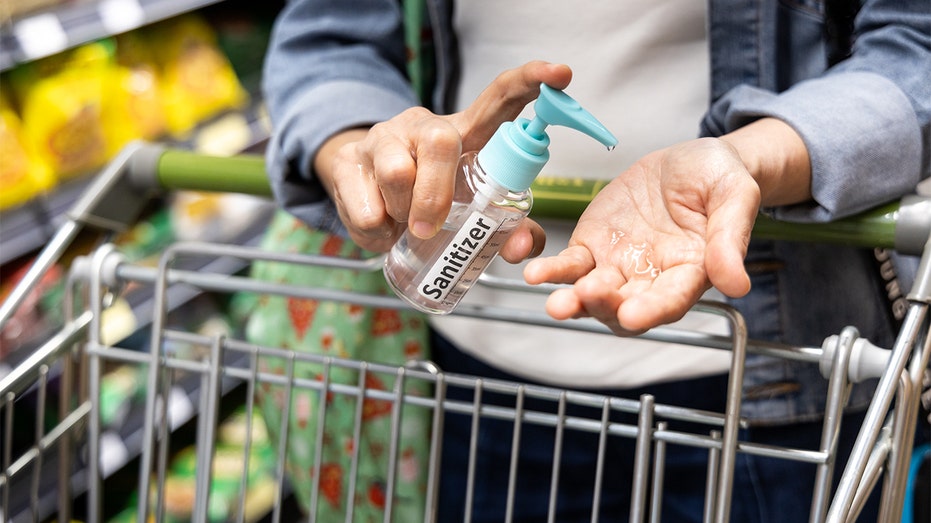
(iStock)
Keeping your hands clean is imperative for minimizing your risk of contracting the coronavirus. Carrying disinfectant wipes that you can use on shopping carts and baskets before use can help. Hand sanitizer could be helpful as well if you have access to the in-demand product. Disposable gloves are another option, but it’s important that you don’t touch your face or possessions while you have them on or you risk cross-contaminating and defeating the purpose of this protective accessory. Make sure to dispose of your gloves when you are done shopping.
Wearing a mask could help but be aware of caveats
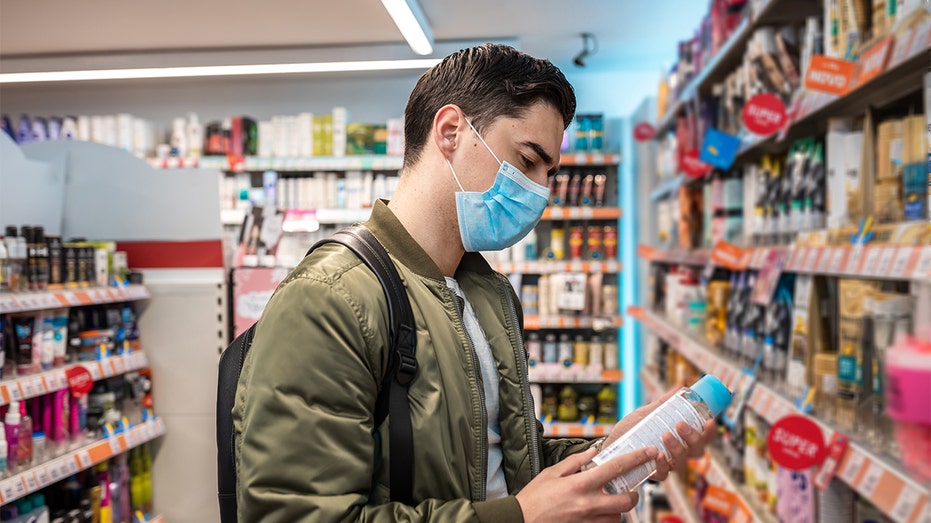
(iStock)
Initially, health care professionals and government agencies said medical face masks and respirators were not necessary for the public and could even increase the spread of the virus since many wearers adjust the position and therefore touch their faces more. However, the U.S. Surgeon General is looking into whether the face mask recommendation should be updated, according to tweets shared on April 1.
“Based on asymptomatic spread of #covid19 we asked CDC to look at new data to determine if we should change recommendations regarding which groups should wear masks to prevent spread,” according to the official U.S. Surgeon General Twitter account. “But if you choose to wear a face covering, this can’t come at the expense of social distancing.”
In light of face mask shortages, shoppers have resorted to DIY methods such as wearing a bandanna or scarf around their face or sewing together face masks at home from available fabric, elastics and fashion design patterns online.
CORONAVIRUS LEADS TO BOOZE BOOM AS AMERICANS STAY HOME
Grab items at the back of the shelf
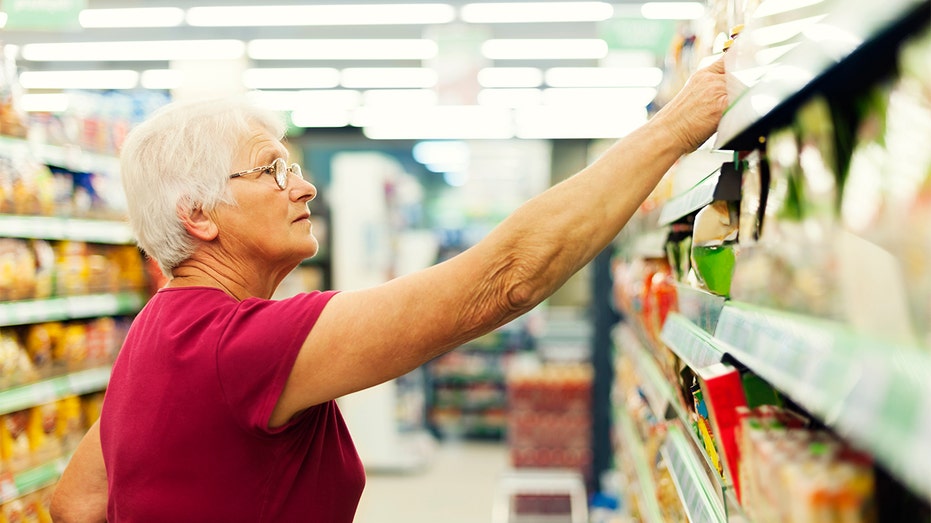
(iStock)
When in stores, grab items that are located at the back of each shelf. These items are usually handled less than the ones that are located at the front, which means you’re less likely to come in contact with something that has been recently coughed or sneezed on or picked up and returned.
Use contactless payment methods

(iStock)
For stores that offer contactless payment methods such as Apple Pay, Samsung Pay, Google Pay and chip-equipped credit or debit cards, it’s better to go this route at checkout than using cash or touching a PIN pad. If contactless payments aren’t an option, make sure to disinfect your hands, card and wallet as soon as possible.
GET FOX BUSINESS ON THE GO BY CLICKING HERE
Disinfect when you get home
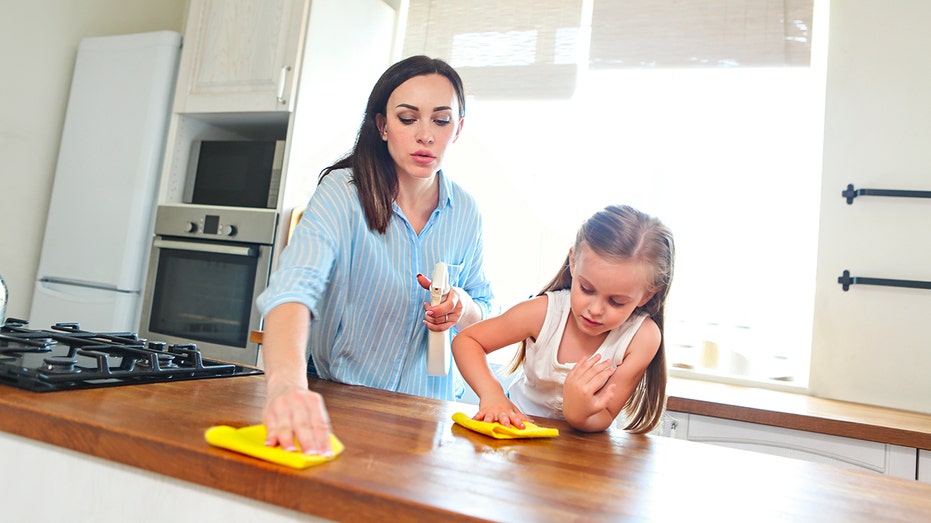
(iStock)
When you get home from your shopping trip, you may want to wipe down the packaging of your food and countertops and cabinets with a disinfectant. Fruits and vegetables should always be washed or cooked before consumption, according to the CDC. The bags you used to transport your items may need to be disposed of right away. The coronavirus can live up to three days on plastic and 24 hours on cardboard-like materials, according to the National Institute of Allergy and Infectious Diseases.
It hasn’t been determined how long the virus can live on clothes, however, it is better to keep the clothes you’ve worn outside separate from the rest of your closet until you can do laundry. Experts at the MIT Technology Review recommend going a step further and washing your clothes right away or leaving them out in the sun in addition to a shower.
CLICK HERE TO READ MORE ON FOX BUSINESS
As of Wednesday, the number of confirmed coronavirus cases in the U.S. surpassed 213,370, according to the Johns Hopkins COVID-19 tracker.




















